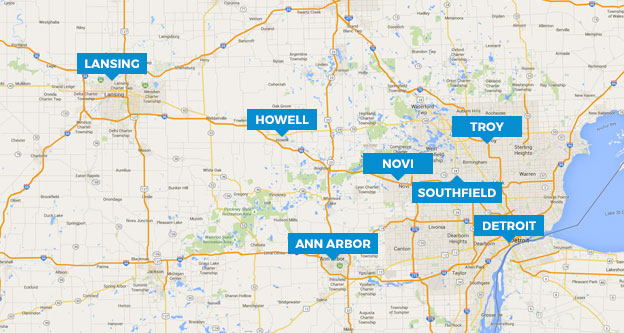Cryptocurrency has been consistently evolving. Now days, you can use cryptocurrency as a form of payment to buy your next pair of shoes. However, cryptocurrency is not treated the same as normal currency. Cryptocurrency is an investment asset. You have to consider capital gains when cryptocurrency is used to purchase an item. This means there is a reportable taxable event every time cryptocurrency is used to make a purchase. What a pain!
Making matters worse, virtual currency exchanges and virtual currency wallets may not keep track of your tax reporting requirements. However, there are apps out there to help with record keeping.
How does this work? Say if you purchase 500 units of a coin at $1.00 per unit. You now have $500 worth of a coin. The coin does well over time and your 500 units are now worth $750. This means each unit is worth 750 / 500 = $1.50 per unit. You decide to purchase $150 pair of shoes with the coin. You will need to use 100 units at $1.50 per unit to purchase the shoes for $150. This is a reportable tax transaction. You will need to keep track of the gain on the sale. In this example, the gain is 100 units times the difference of $1.50 and $1.00, 100 * (1.50 – 1.00) which equals $50.00 tax gain. Phew! This is only one transaction. Now image you have a coin tied to a credit card and you use it for every day costs. You would need to do this type of calculation each time the credit card is use. This is starting to get complicated. Is it worth the headache? Especially, when you have to do this for every purchase you make. Maybe if you strike it rich with that unknown coin that grows 5,000%!





